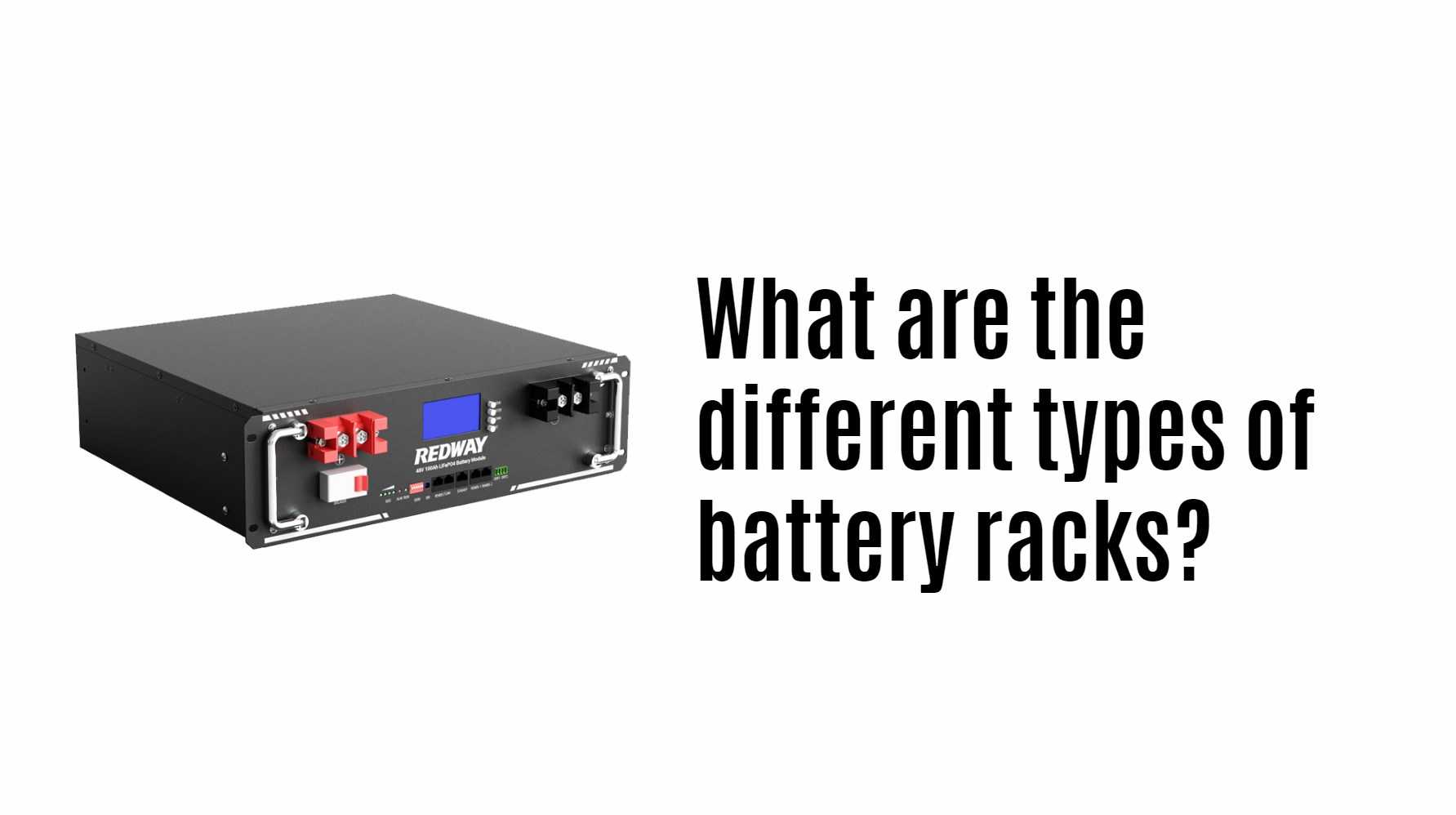What Happens If You Put a Lithium Battery in Salt Water?
If you put a lithium battery in salt water, it can lead to serious consequences, including short-circuiting, corrosion, and potential fire hazards. The saltwater acts as a conductor, allowing current to flow between the battery terminals, which may result in overheating or even explosion. It is crucial to handle lithium batteries with care to avoid such risks.
Understanding the Effects of Salt Water on Lithium Batteries
When a lithium battery comes into contact with salt water, several reactions can occur. The electrolyte inside the battery can react with the salt, leading to degradation of the battery components. This reaction can cause the battery to swell, leak, or even catch fire due to internal short circuits.
| Effect | Description | Potential Risks |
|---|---|---|
| Short-Circuiting | Salt water allows electrical flow between terminals | Overheating and fire hazards |
| Corrosion | Salt accelerates corrosion of battery materials | Decreased lifespan and performance |
| Leakage | Compromise of battery casing can lead to leaks | Environmental hazards |
Latest News
Recent studies have highlighted the dangers of improper disposal and handling of lithium batteries, especially in environments like oceans or saltwater bodies. As awareness grows, regulations are being introduced to ensure safe practices for battery usage and disposal.
- Increased focus on safe disposal methods for lithium batteries.
- New regulations addressing environmental impacts of battery leaks.
- Growing public awareness about the hazards of lithium batteries in water.
Redway Expert Comment
“Putting a lithium battery in salt water poses significant safety risks that cannot be overlooked. At Redway Battery, we emphasize the importance of proper handling and disposal practices for lithium batteries. Our commitment to safety and quality ensures that our products meet the highest standards, minimizing risks associated with battery use.”
Choosing Safe Practices for Lithium Battery Use
When dealing with lithium batteries, especially in environments where they could come into contact with water, it is essential to adopt safe practices:
- Avoid Exposure: Keep batteries away from moisture and liquids.
- Proper Disposal: Follow local regulations for disposing of damaged or expired batteries.
- Use Protective Cases: Invest in protective casings that prevent accidental exposure to liquids.
| Safety Practice | Description | Benefits |
|---|---|---|
| Avoid Exposure | Keep batteries dry and away from liquids | Prevents short-circuiting |
| Proper Disposal | Follow local guidelines for battery disposal | Reduces environmental impact |
| Use Protective Cases | Invest in cases designed for lithium batteries | Enhances safety and longevity |
Related Subjects: Marine Batteries
The relationship between lithium batteries and marine applications is crucial due to their exposure to saltwater environments. Marine batteries must be designed to withstand harsh conditions while maintaining performance.For clients or importers looking for wholesale or OEM requirements, we recommend our Redway Marine LiFePO4 Battery, specifically engineered for durability and efficiency in marine settings. This product ensures reliable power while minimizing risks associated with exposure to saltwater.
Top Competitors in Lithium Battery Solutions
Here are five notable competitors in the lithium battery market that offer similar products:
| Company Name | Lithium Battery Options | Best Compatible Products |
|---|---|---|
| Redway Battery | Yes | Marine Batteries |
| Trojan Battery | Yes | Golf Carts |
| Battle Born Batteries | Yes | RVs |
| Renogy | Yes | Solar Applications |
| AIMS Power | Yes | Portable Power Stations |
In conclusion, placing a lithium battery in salt water can lead to dangerous outcomes. It is essential to understand these risks and adopt safe practices when handling lithium batteries. Redway Battery remains committed to providing high-quality solutions tailored for various applications while ensuring safety and reliability.

